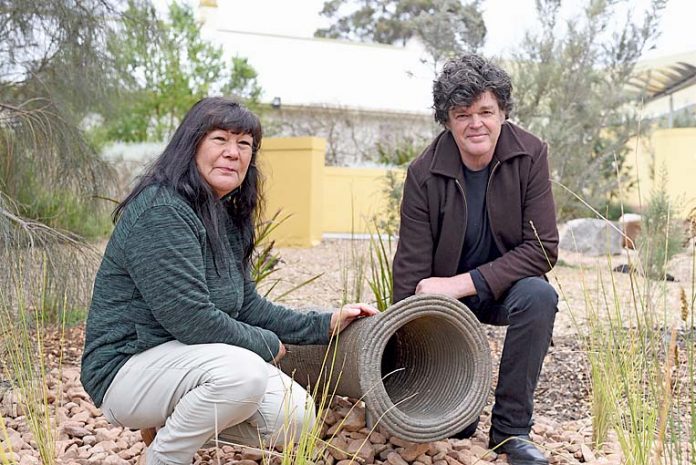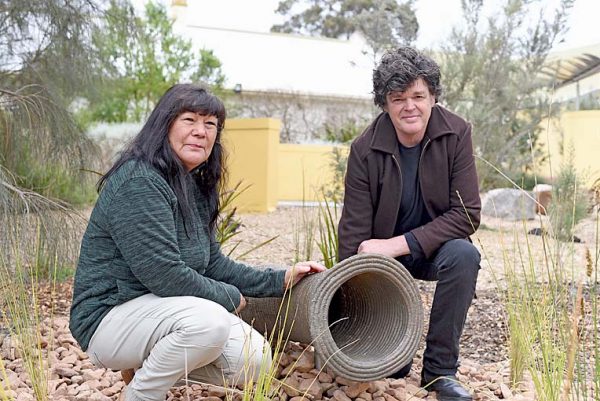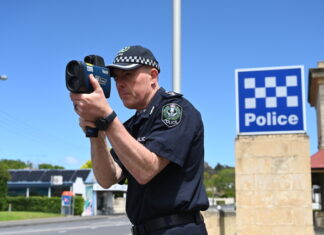

TRADITIONAL artist Merilyne Nicholls has always enjoyed exploring her culture as an Indigenous woman.
Her latest creation – a brass eel trap sculpture – now takes pride of place at Indigenous health organisation Pangula Mannamurna as the final installment of the facility’s Healing Circle.
Ms Nicholls does not consider herself an artist in the “western sense” with most of her work inspired by cultural and traditional items.
“Knowing the storylines that go with those things is so important to me,” Ms Nicholls said.
“I am more of a practicing cultural person that likes to work and promote Aboriginal peoples, especially my own family connections to my different clan groups.”
Ms Nicholls’ instalment at Pangula Mannamurna highlighted the traditional use of woven baskets in catching eels, sourcing and harvesting the plants used in the artwork herself.
“My main point of interest is the environment and cultural story lines as there is a lot to it,” she said.
“We do carry the stories of the modern day world and who we are but we also practice our traditions to keep them alive so we do not lose that.
“Traditional practices can give us things the modern day can’t such as woven baskets.”
Ms Nicholls said she first developed an interest in traditional weaving after watching her grandmother and mother.
“I did not understand as a child what we were going through like every other Aboriginal person, with government agencies and policies having different ways on how they were working with Aboriginal people,” she said.
“This was a time when they were trying to not have us practise our traditions and become just like anyone else.
“For me, just watching my grandmother and my mother weave and then to look at images of people in European clothes with the beautiful woven baskets used to carry food, I wondered whether or not that was me.”
Ms Nicholls said this early exposure sparked a life-long interest into learning the ways of weaving.
“It is highly important to keep the survival of it to know the work around harvesting plants and using the native plants for a tool that might be made for a basket,” she said.
“Weaving the basket itself took around a year because I had to try and work with the scope of its use and what the purpose of it was going to be and understand this modern day world of working in Aboriginal health.
“The purpose is different from what it would have been when we did not have those issues we are dealing with now.”
Ms Nicholls adopted a “holistic approach” to well-being for the project, with the process of making the basket unique.
“The actual harvesting of the grasses was done in particular areas that were known to me and my family,” she said.
“It was important to connect to those areas and stay connected.
“To weave the basket was a challenge for me because that is the first one that I have done and I had always dreamed that one day I would do it.
“I just wanted to make sure that I had a purpose for it and the opportunity for Pangula came up which gave it a great purpose.”
Once finished, the basket was cast in bronze by Castlemaine’s Craig McDonald.
Mr McDonald said he was humbled to be a part of the project, which he believes tells a significant story.
“It was quite a challenging job because woven baskets are able to move quite easily,” he said.
“But the great thing about this is just the whole concept and that is why I really enjoy these jobs.”
“They mean something.”





